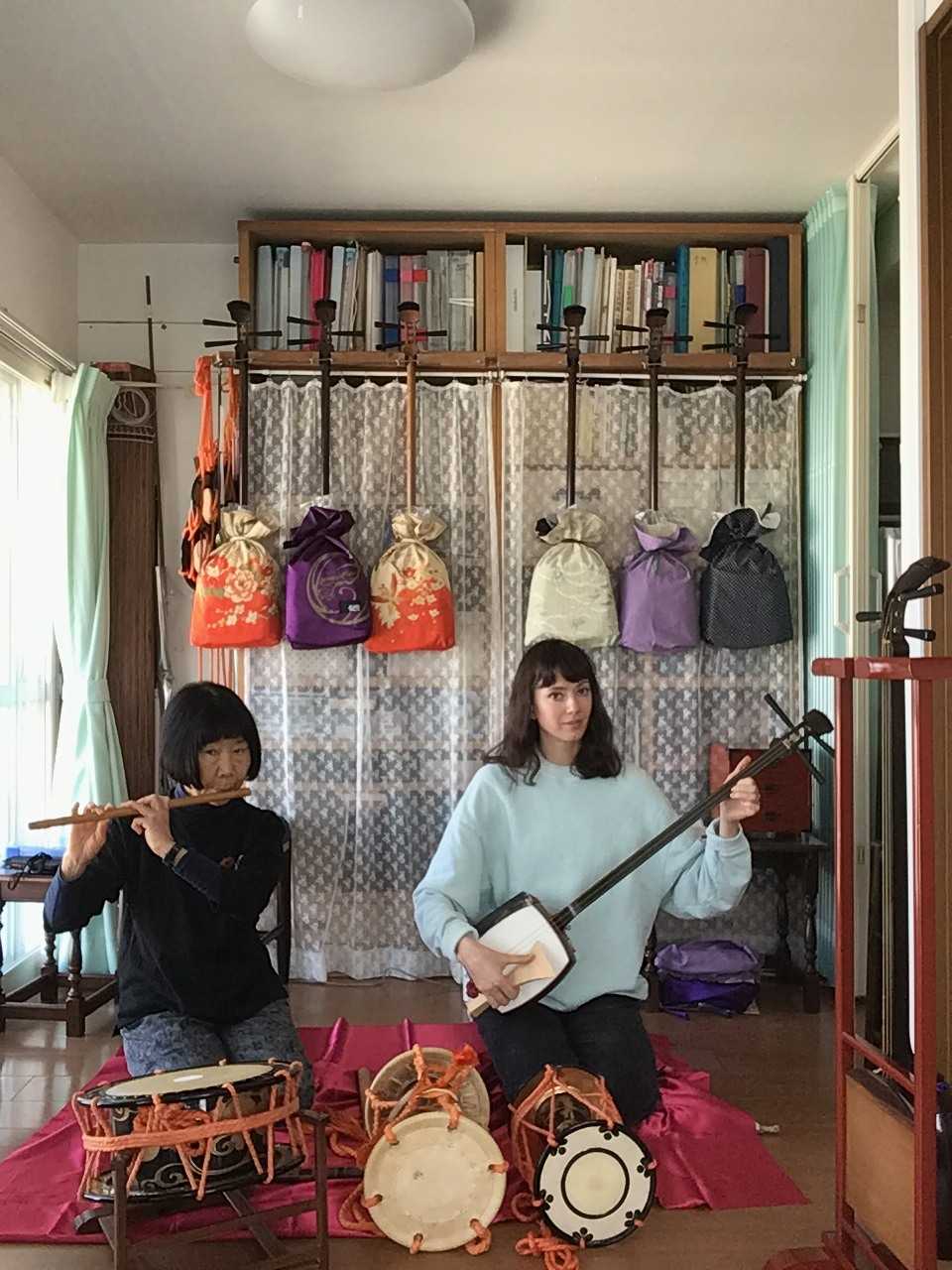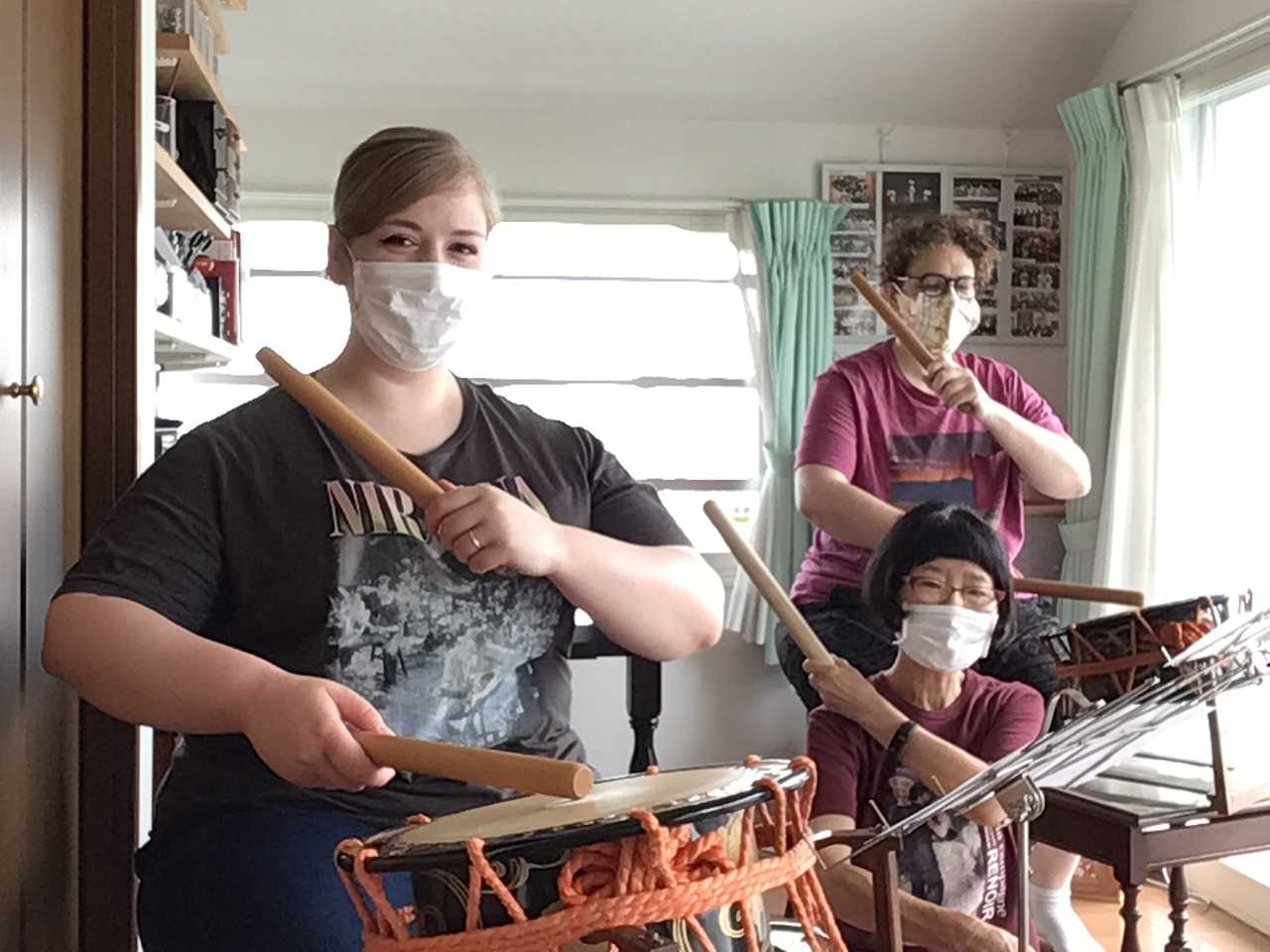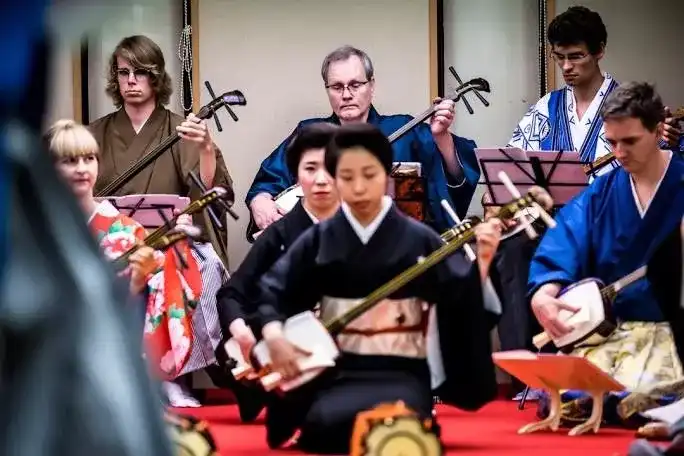Lessons are by appointment, and should be scheduled at least one week in advance.
Makoto teaches primarily because she enjoys introducing people to traditional music, not in order to make money. Because of this, her tuition fees are EXTREMELY low. The lesson fees go toward the maintenance of the instruments, which is quite expensive; periodic replacement of strings; the cost of photocopying notation; and to help cover the expenses involved in organizing student concerts.
Lessons are taught in either English or Japanese.


